This post may contain affiliate links. Please read our disclosure policy.
If you’ve had this gadget sitting in your cupboard afraid to give it a spin, let this be your essential guide for how to use an Instant Pot or electric pressure cooker without stress or fret! Trust me, once you get the hang of it, you will LOVE it.
My Instant Pot is like my little miracle-working assistant in the kitchen because it cooks most foods in way less time than normal, without sacrificing quality. It’s a game-changer, that’s for sure!
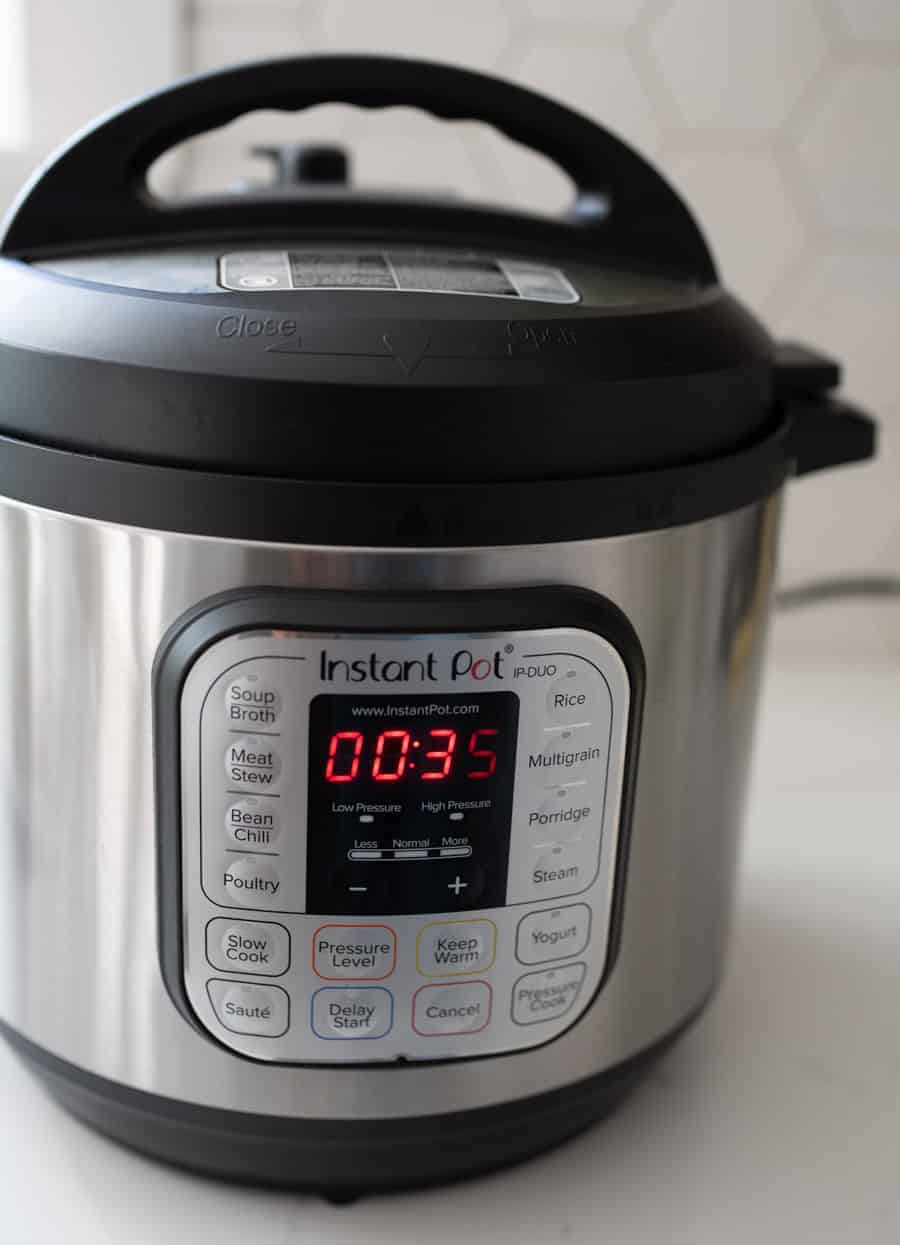
Table of Contents:
Table of Contents
- How to Use an Instant Pot
- Here is a video I made for you that is this post, in a different format! ENJOY!
- What IS a Pressure Cooker?
- The size of the Instant Pot matters, and here’s why:
- Pros of Using the Instant Pot:
- Cons of the Instant Pot:
- Things I think are amazing in an Instant Pot:
- Instant Pot Pressure Cooker Trouble Shooting Tips:
- Instant Pot Recipes to Consider:
How to Use an Instant Pot
Listen, I hear you. Maybe you’ve heard about the wonders of the Instant Pot. Perhaps your spouse or in-laws gifted you one a while ago and you’ve let it sit, stowed away, not really sure how to use this thing that people proclaim to be “easy” but just looks like a mini-spaceship with 100 buttons to you. I know, it’s a bit overwhelming at first! I get it but I promise that after you use it once, you’ll be a convert (and I guarantee all those buttons aren’t as tricky as they seem).
The amazing part about the Instant Pot is you really can’t mess up with it. Even if you press a wrong button or aren’t sure which way to release the steam (we’ll get there), there’s usually nothing that you can do that’s SO bad that your dinner is irreparable. And no, it won’t blow up! This isn’t the pressure cooker of your parents’ days.
And the beauty is that most recipes that normally take 5 to 7 hours in the Crock-Pot, or 2 hours to prep and cook on the stovetop, can be done and on the table in 30 minutes to an hour in most cases with the Instant Pot. Pressure cooking meat, veggies, stews, soups, rice and more makes for seriously tender and flavorful food, without losing any quality you might think you would with a “fast fix.” So let’s get into how to use this honking machine that I’m determined to help you fall in love with!
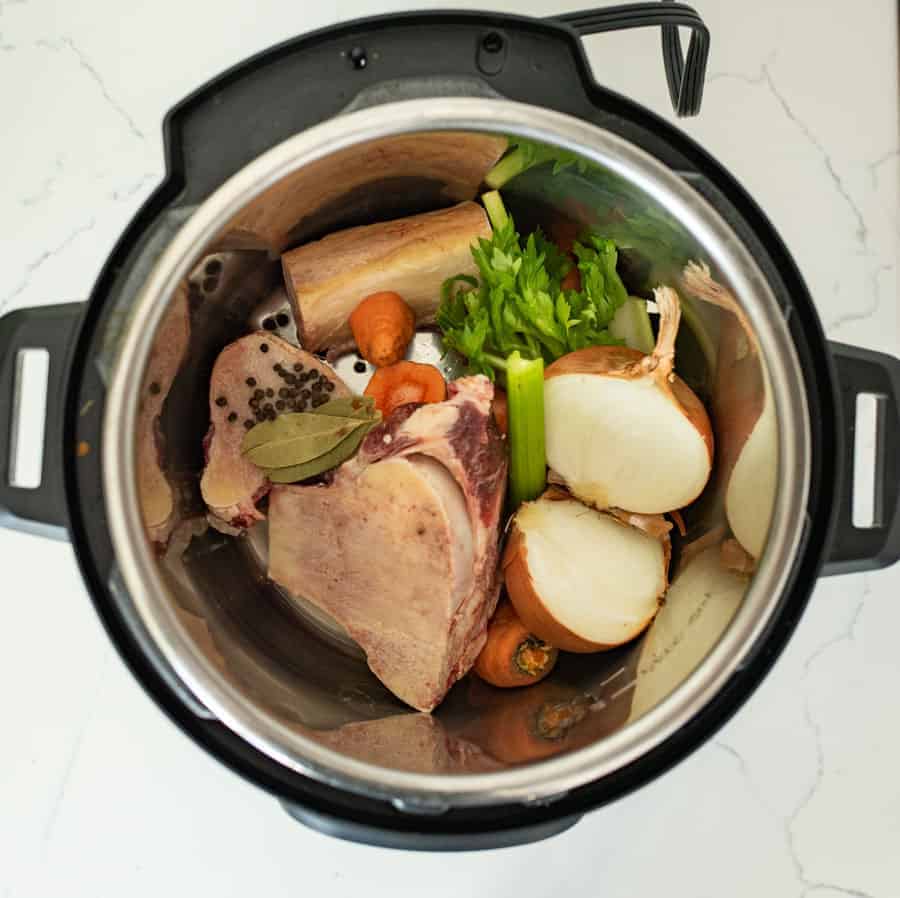
Here is a video I made for you that is this post, in a different format! ENJOY!
What IS a Pressure Cooker?
A pressure cooker is awesome because it’s changing the laws of nature. I feel like if you understand a bit of how it works, you’ll be able to better see why it’s a great tool and what to use it for. Water boils at 212 degrees F. at sea level, with the lid on, without a lid, for any period of time. But when you use a pressure cooker, the steam is trapped inside and it creates pressure, which physically raises the temperature you can cook at! The pressure that is trapped inside is measured in pounds per square inch (PSI).
The HIGH setting on an Instant Pot reaches 10 to 12 PSI, which cooks at 239°F to 245°F. This is the standard setting for 90% of pressure cooking and Instant Pot recipes that you’ll find.
The LOW setting on an Instant Pot reaches 5.5 to 7 PSI and cooks at 229°F to 233°F. This is used only occasionally for things like soft “boiled” eggs, fish, and tender vegetables.
When using a pressure cooker, you are able to cook dishes quicker because you are physically cooking at a higher temperature.
The size of the Instant Pot matters, and here’s why:
You never want the Instant Pot to be more than 2/3 full. So a 6-quart Instant Pot holds 4 quarts, and an 8-quart Instant Pot holds 5 1/3 quarts. If you have a larger family or plan on using your Instant Pot to feed crowds (parties, potlucks, etc.), then go for the bigger one. If you don’t have kids or are only feeding a few mouths, go for the small one. I only know 1 person who owns a 3-quart Instant Pot (that holds 2 quarts of food), and she lives in an RV and is cooking just for herself. So if space is an issue and you aren’t cooking a lot at once, you might consider the 3-quart.
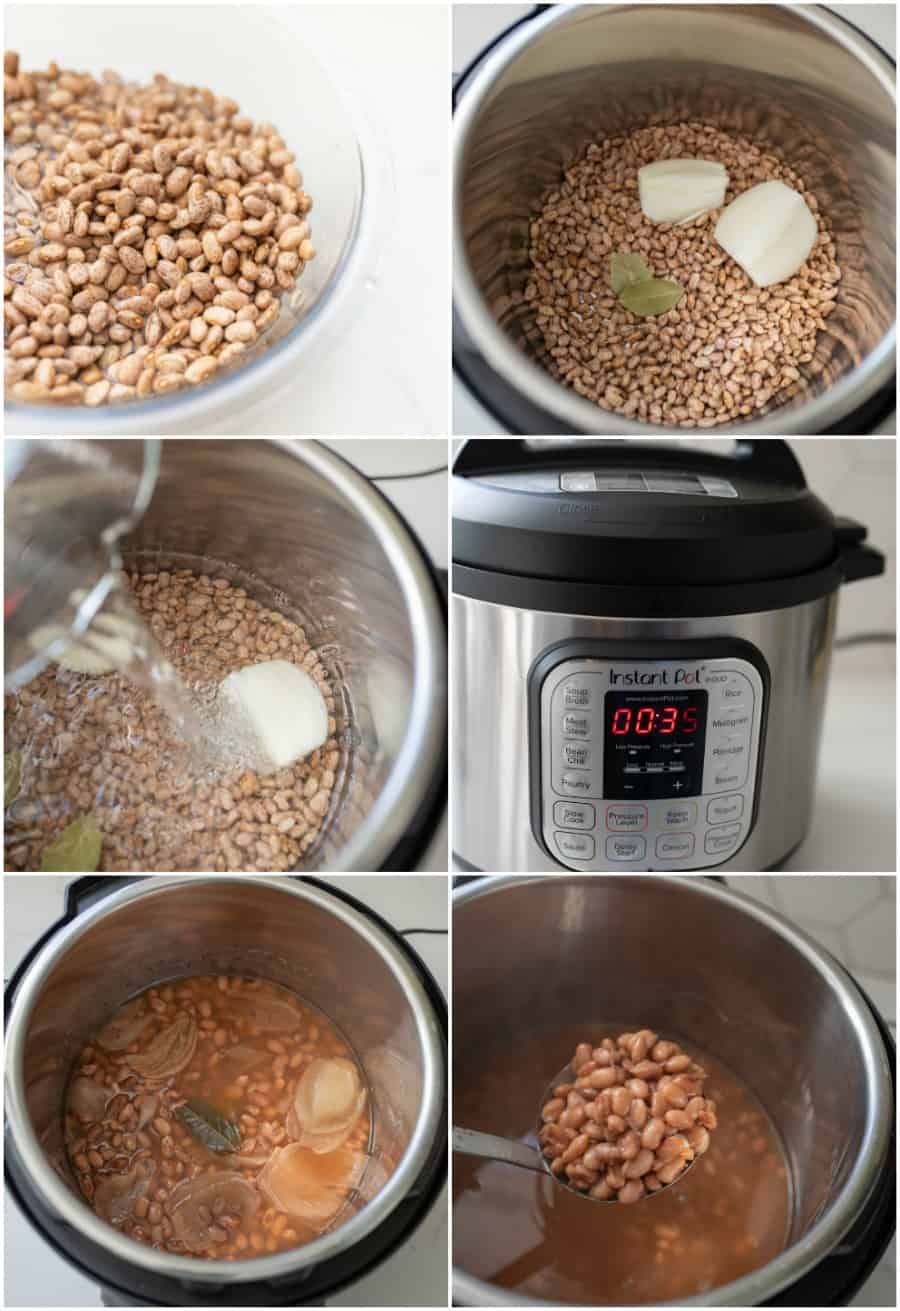
Pros of Using the Instant Pot:
- You don’t have to babysit the Instant Pot. If you’ve used a stovetop pressure cooker before, you know that you need to be in earshot of that thing to make sure it doesn’t get agitated and need the temperature turned down. Electric pressure cookers don’t need the same kind of babysitting.
- The Instant Pot can turn off on its own when it’s done. The default setting after the cook time is through is a “keep warm” setting, so once it’s done cooking and even after it’s come down from pressure, it’ll keep the food warm and at a food safe temperature. This makes it truly a “set it and forget it” tool.
- The flavor is AMAZING! You know how chili and stew taste better the next day? Well you get that same effect of flavors blending really well by using a pressure cooker. The pressure seems to force more flavor into what’s being cooked.
- You don’t have to convert recipes if you have a different sized Instant Pot. As long as you aren’t filling your Instant Pot over the 2/3 line, you don’t have to convert recipes to adjust to the size of IP you are cooking in. The same recipe and cook time can be used in both the 8-quart and the 6-quart (as long as it doesn’t over-fill it).
- The Instant Pot insert is stainless steel. I love that cooking pot is stainless steel because they’ll be no non-stick coating to flake off later and it’s really easy to scrub clean.
- You can saute in your Instant Pot. This is probably my favorite feature! You know how the slow cooker wants you to sear the meat or cook down your onions before adding it to the slow cooker? Well, with the Instant Pot, you can do that all in the same pot! I also like it for after the cooking time. If I need to add cheese or a cornstarch slurry to thicken up a soup, then I can just hit saute and finish cooking the dish right in the same pot. You can also pop popcorn on this setting!
- The Instant Pot CAN save tons of time. Cooking a frozen roast, making broth, or cooking a whole winter squash are SO much faster in the Instant Pot.
- The Instant Pot uses less energy than a slow cooker. That’s always a good thing. The faster cooking time generally means you’ll be using less electricity compared to a slow cooker.
- The Instant Pot doesn’t heat up the house like the oven or stove. All of that heat is trapped inside, so it’s not heating up your home. It’s such a great tool for summer cooking!
- You can delay the cook start time. Want it to start cooking in the middle of a busy time after school? Just preset the time and move on with tending to the kids and getting homework done.
Cons of the Instant Pot:
- It’s not the best choice for cooking every ingredient. I don’t cook broccoli or other tender vegetables in it; they just turn to mush. It’s good at what it’s good at, and that isn’t every single thing.
- The Instant Pot isn’t ALWAYS faster 100 percent of the time. It takes the same amount of time to cook rice in the Instant Pot compared to cooking it on the stove (when you factor in the time it takes for it to come to pressure, cook, and come back down from pressure). That being said, I love the texture of pressure cooked rice, and there is no water boiling over the edge of your pot to clean up and deal with either!
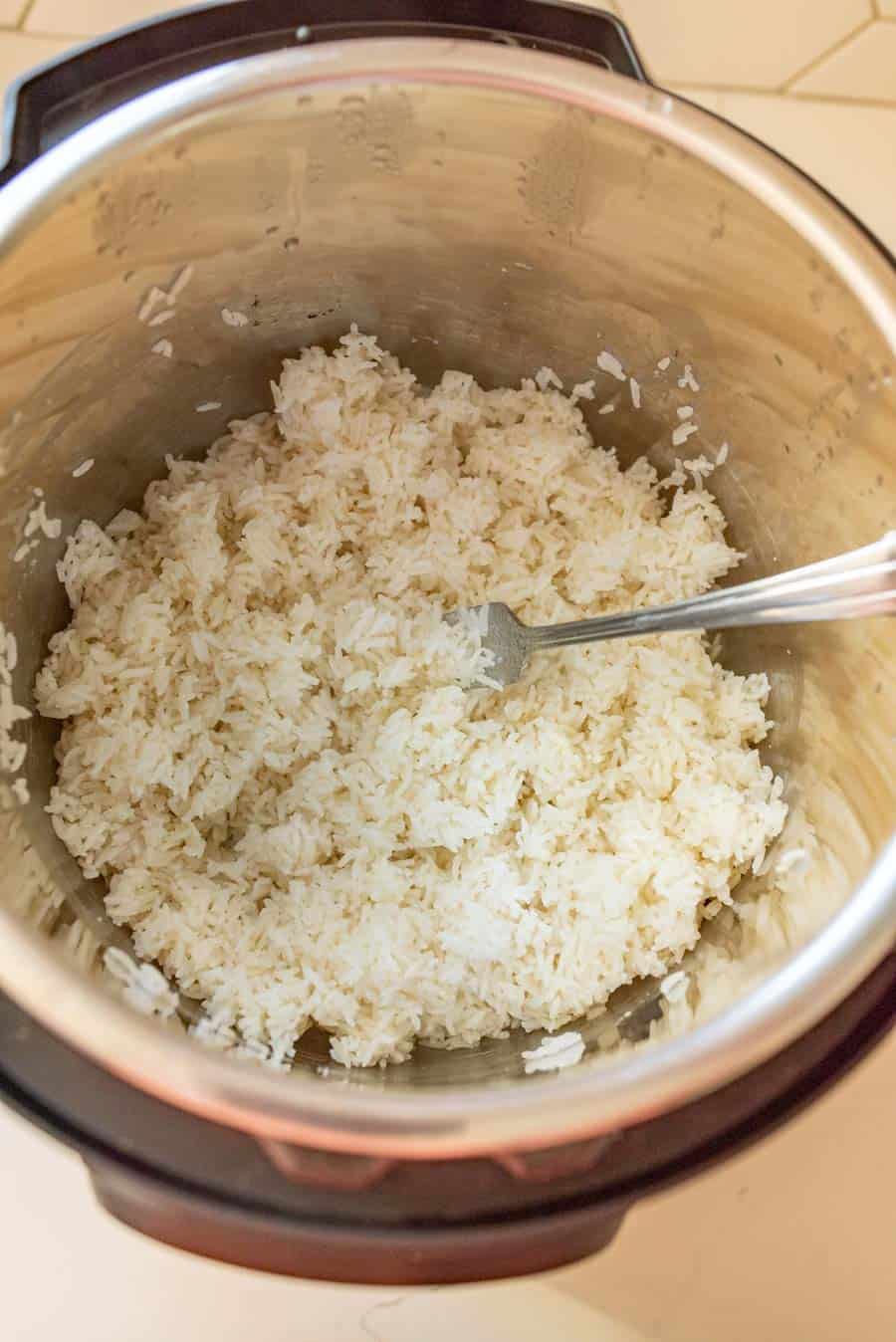
Things I think are amazing in an Instant Pot:
• Grains (rice, beans, farro, barley, steal-cut oats)
• Boiled eggs
• Soups, stews, and chili
• Meats
• Potatoes (for mashing or potato salad)
• Yogurt
• Broths
• Winter squash/firm vegetables
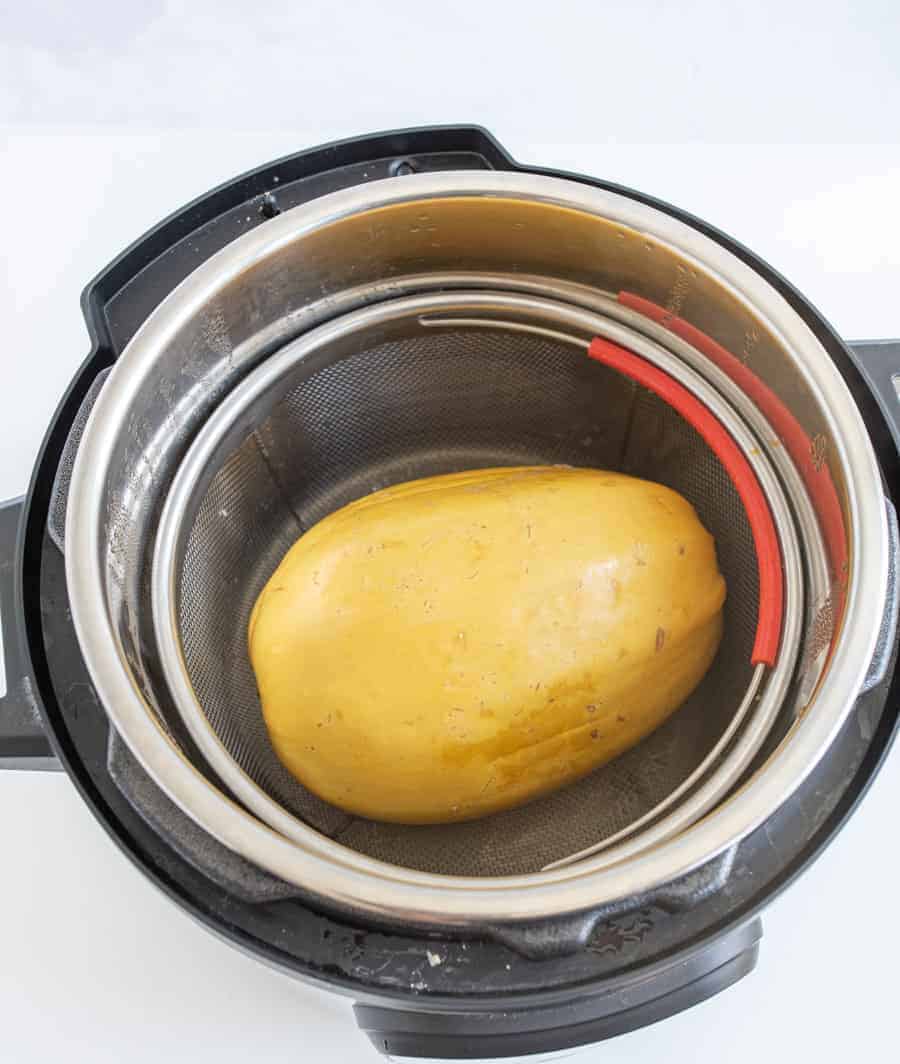
Instant Pot Pressure Cooker Trouble Shooting Tips:
1. The inner ring smells like what I cooked.
This is super normal; the plastic does seem to trap smells of what you cooked (mine smells like chili/ham and beans). Not a big issue when making more savory things, but not ideal for things like yogurt and sweet things. I remove the inner ring when making yogurt (you aren’t bringing the yogurt up to pressure).
2. I’m scared to use it.
Don’t be! These are the safest pressure cookers ever. Do be cautious when you’re releasing the steam, but other than that, you shouldn’t have anything to be worried about. The perk of using an electric pressure cooker is that is has many built in fail-safes and will literally shut down and stop cooking if it has issues. Read the user manual, get familiar, and ENJOY.
3. Releasing the steam is hard to do.
You can use the end of a wooden spoon to push it to “release” if you need to. Just be careful to avoid the steam (it’s even hotter than boiling water steam, remember!), and don’t let the steam hit your upper cabinets as it can ruin them.
4. It won’t come to pressure.
That’s normally an issue with the plastic sealing ring. I’d remove it completely and put it back in again.
5. I got a “burn” notice.
This happens when something burns on the bottom of the pot. You’ll want to make sure you are using the proper amount of liquid called for in a recipe (never less 1 cup in the Instant Pot). Sometimes if you burnt some pieces to the pot when you were sauteing, this will happen, too. Be sure to either not cook your onion so long that it sticks, or scrape it up well when you add the liquid.
One more thing. Tomatoes, liked canned diced tomatoes, sometimes burn to the bottom more easily than other things. If your recipes calls for diced tomatoes, I’d add them last and not stir them in so that they stay on the top of the pot. The only way I have found to deal with a burn notice is to dump the content of the pot into another bowl, scrub the bottom of the pot clean, and try again (adding more water or liquid if needed).
6. Meats are tough and dry.
There’s a magical thing that happens when meat is cooked for a long enough time at a high enough temperature — the connective tissues break down and you get fall-apart tender meat. If this isn’t happening for you, I bet it’s because you are not cooking your meat LONG enough (instead of over-cooking like a lot of people assume is happening).
Seal up that pot and cook it longer if your meat isn’t falling apart. Then give the meat a little time to cool down and reabsorb some of the liquid left in the bottom of the pot after cooking to keep it moist.
7. What I was cooking shot out of the vent when I opened it!
You over-filled the pot and it’s boiling so hard inside that now it’s splattering out the top. THIS is why you don’t fill the pot past the 2/3 line. I had a friend over-fill hers and hot applesauce splashed and spurted ALL OVER. It was a mess.
8. Do you know the lid trick?
The square “tab” on the edge of the lid can fit into the square hole in the handle on the pot! When you have a hot lid, don’t set it down, let the pot hold it for you! See the video if you have no idea what I’m talking about.
Yep, I made you a video! You can watch me explain all of this and more in this video. Please enjoy and share!
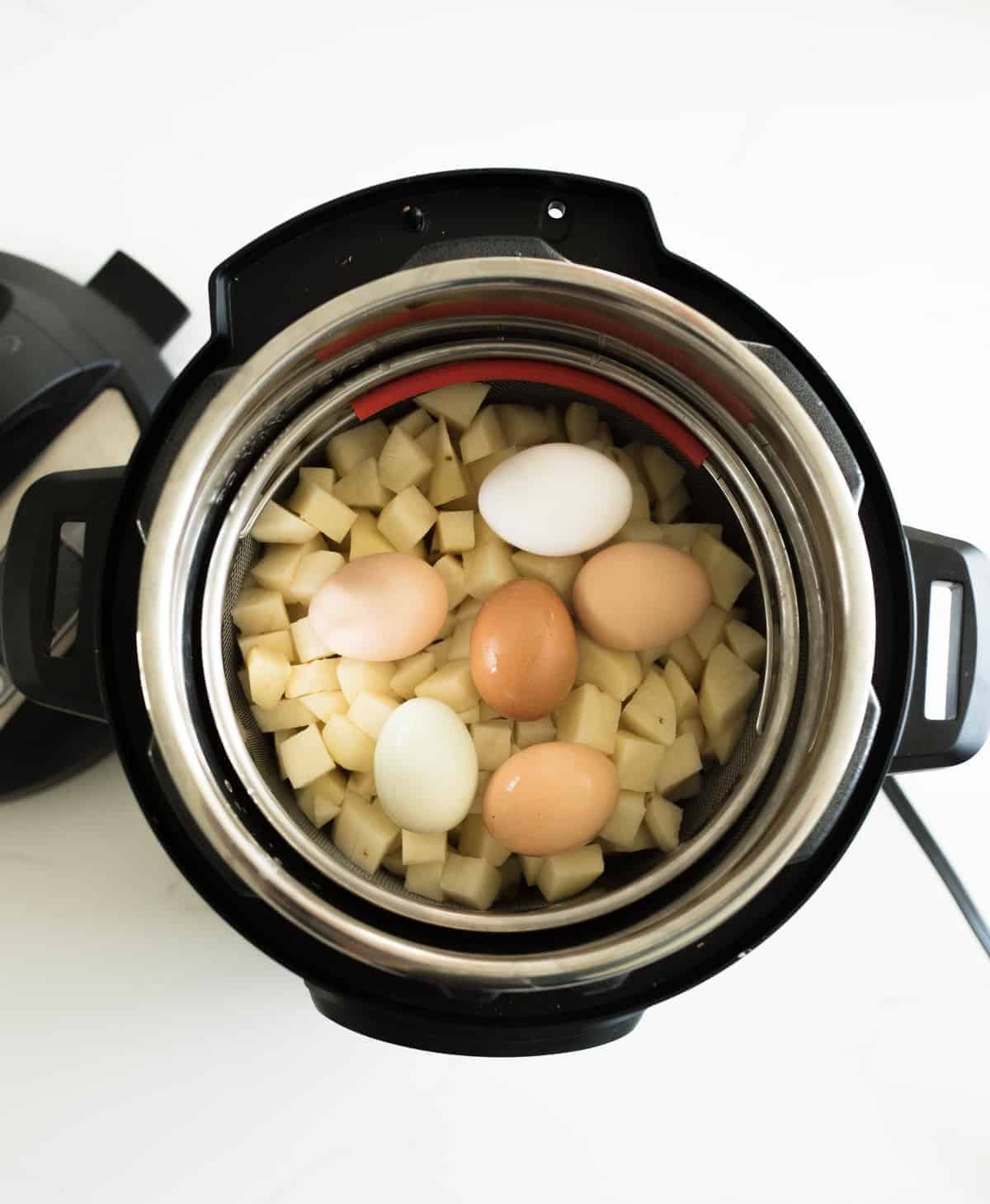
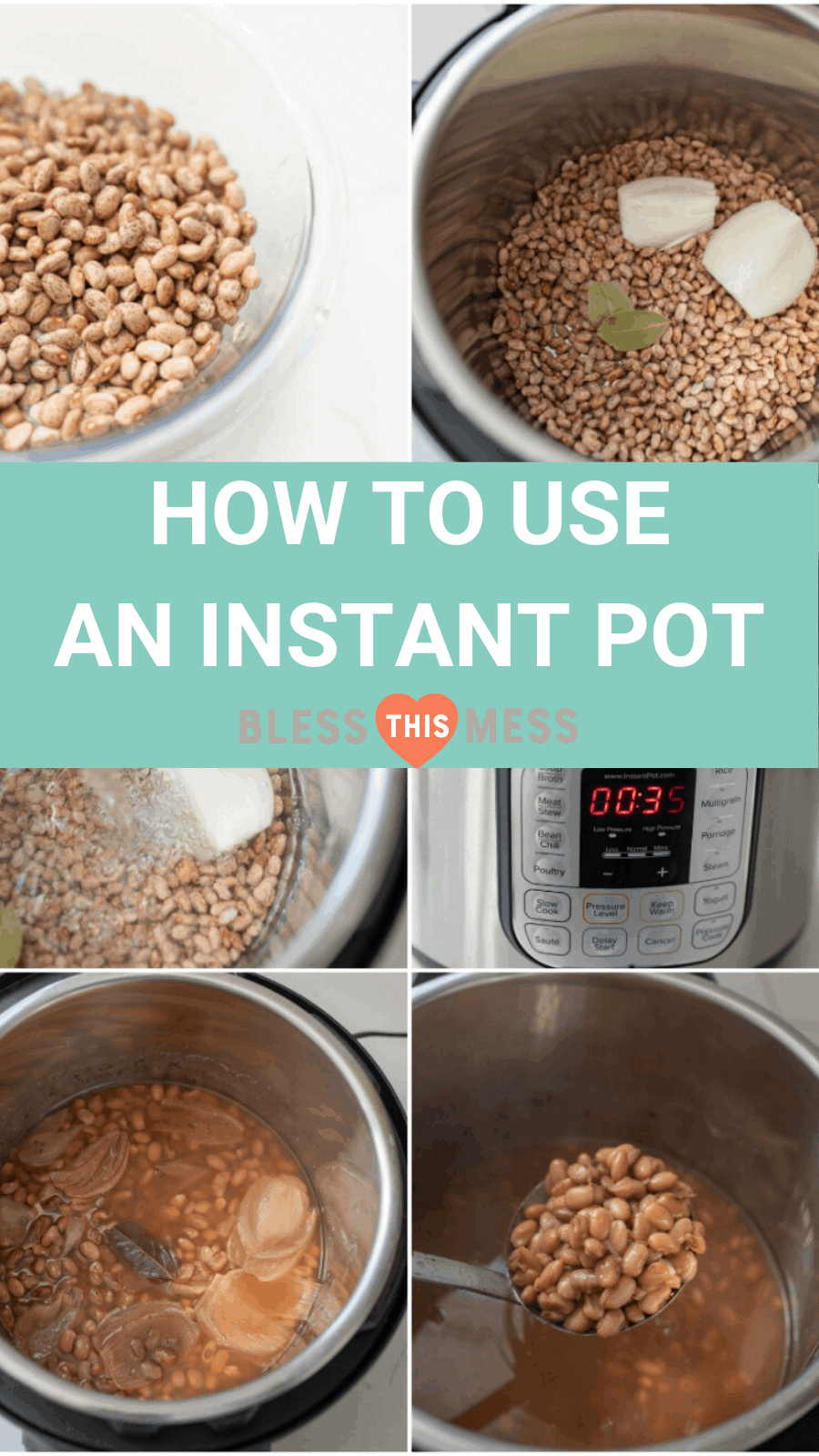
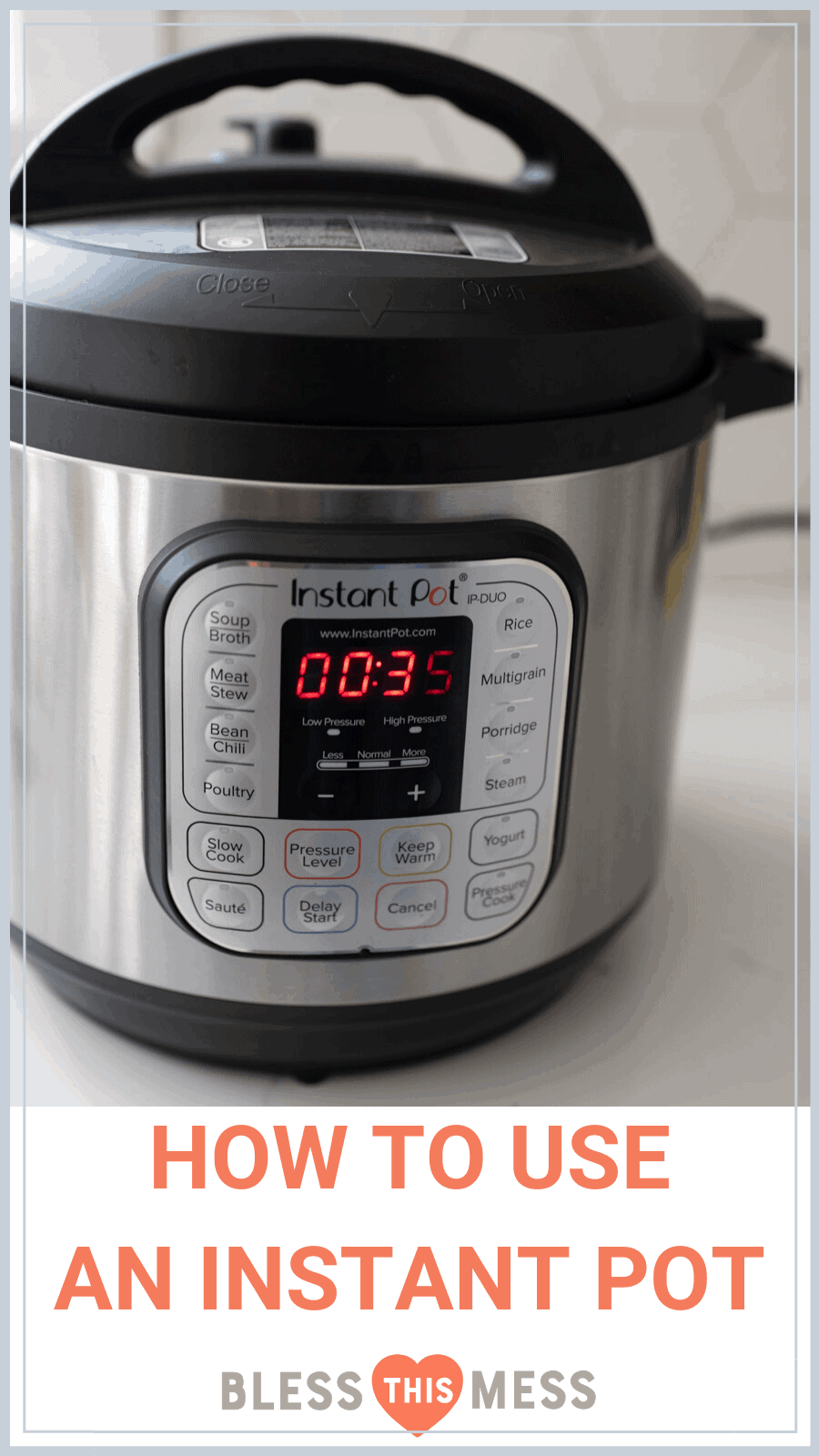
Did you make this recipe? Leave a ⭐️ review and share it on Instagram, Facebook, or Pinterest!

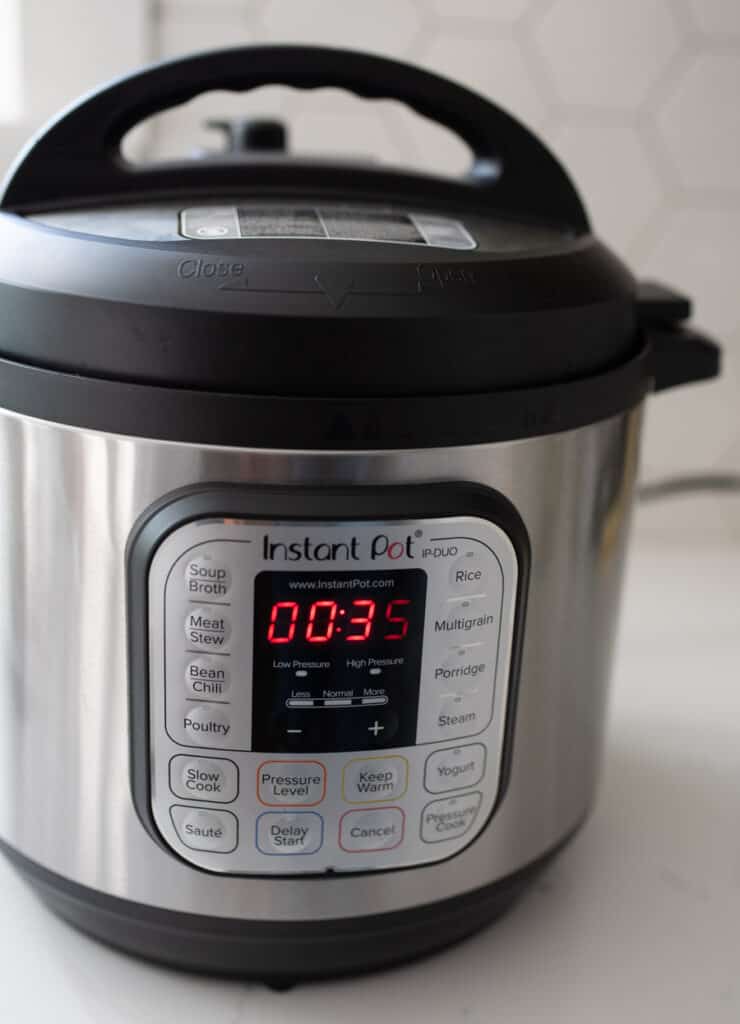
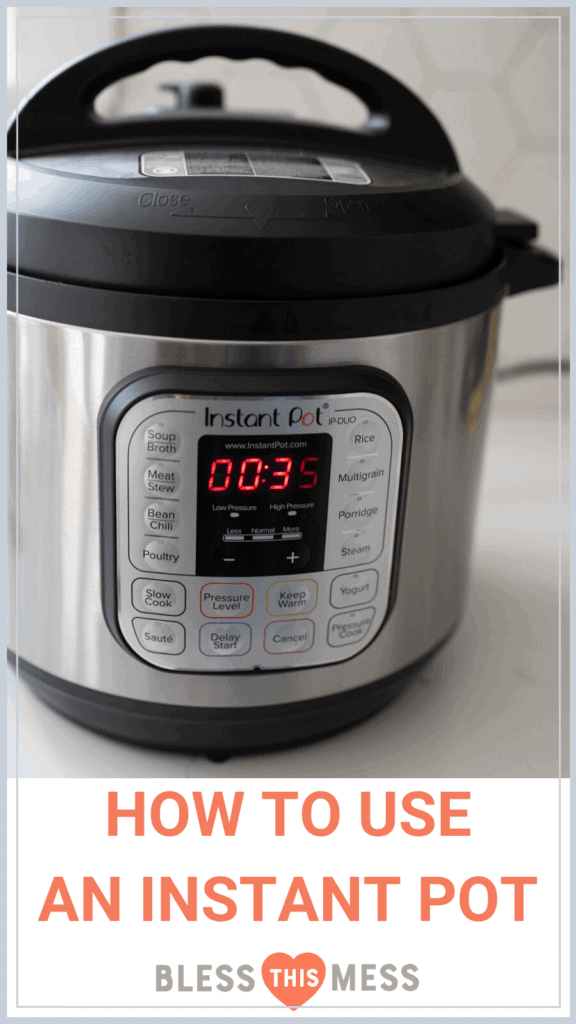
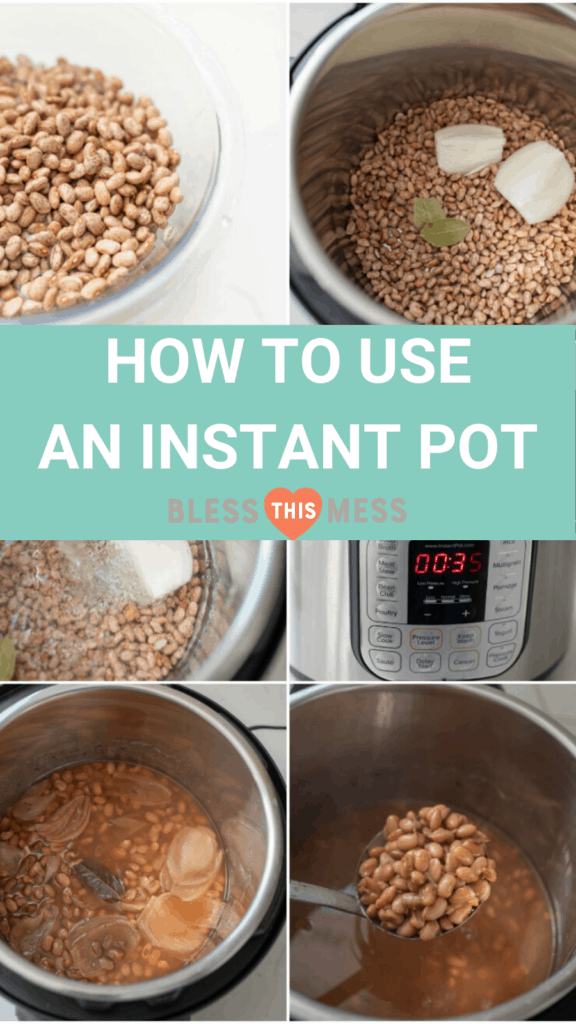






I couldn’t find the video…
It’s right above the recipe card in the post or you can find it here: https://youtu.be/Km_zpCflMMA